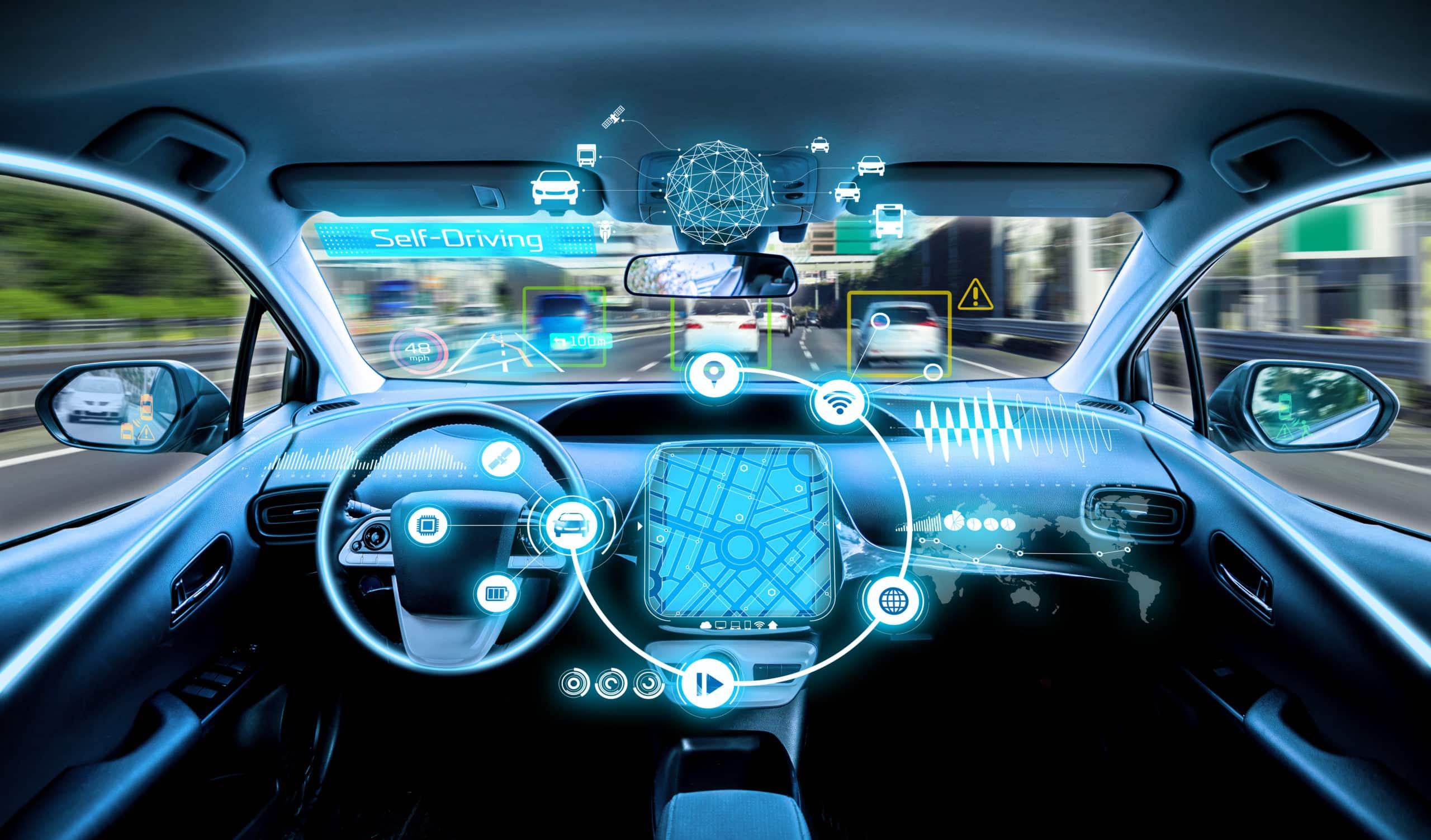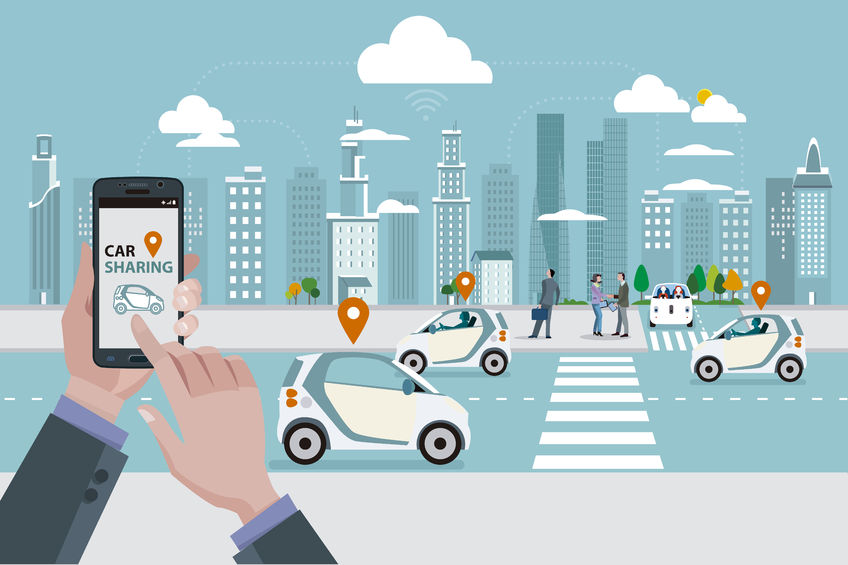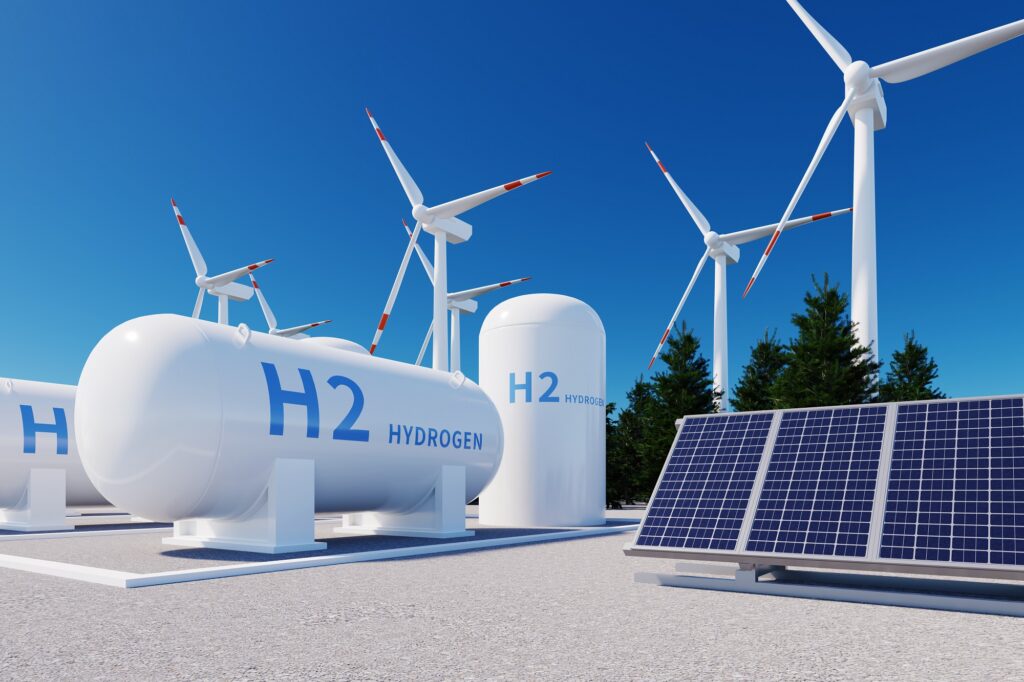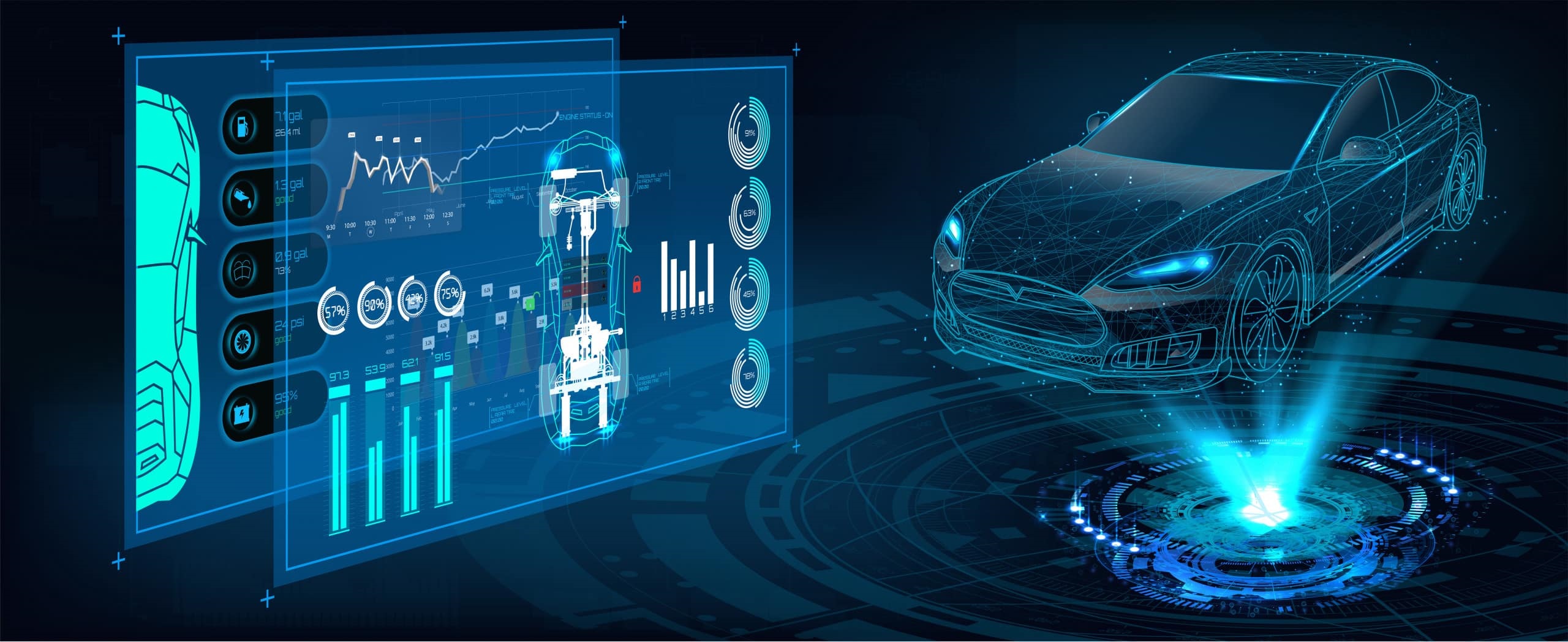Car Rental and Software Solutions

Car Rental and Software Solutions
Car rental services have long been a staple in the travel industry, providing individuals and businesses with access to vehicles for short-term use. With the advancement of technology, many car rental companies have adopted software solutions to streamline operations, enhance customer experience, and improve efficiency. Below are examples of car rental services and their associated software platforms:
1. Enterprise Rent-A-Car
Enterprise Rent-A-Car is one of the largest car rental companies globally, offering a wide range of vehicles for various purposes, including leisure travel, business trips, and insurance replacements. Their software solutions enable customers to book vehicles online or through mobile apps and streamline the rental process. Key features include:
Online Booking: Customers can browse available vehicles, compare rates, and make reservations through the Enterprise website or mobile app. Fleet Management: Enterprise's software platform enables efficient management of their extensive vehicle fleet, including inventory tracking, maintenance scheduling, and vehicle rotation.
Customer Relationship Management (CRM): Enterprise utilizes CRM software to manage customer interactions, preferences, and loyalty programs, ensuring personalized service and customer satisfaction.
Payment Processing: Seamless payment processing and invoicing systems integrated into the booking platform, allowing customers to complete transactions securely and conveniently.
Mobile Check-in and Check-out: Mobile apps facilitate the check-in and check-out process, enabling customers to skip the counter and go directly to their rental vehicle upon arrival.
Example: A business traveler books a rental car for a week-long trip through the Enterprise mobile app, selects a vehicle category, and completes the reservation with a few taps on their smartphone.
2. Hertz
Hertz is another leading car rental company known for its extensive global presence and diverse vehicle fleet. Their software solutions focus on enhancing customer experience, optimizing fleet management, and streamlining rental operations. Key features include:
Online Check-in: Customers can check-in online before arriving at the rental location, reducing wait times and expediting the rental process. GPS Navigation Integration: Hertz's software platform integrates with GPS navigation systems to provide customers with real-time directions and traffic updates during their rental period. Fleet Optimization: Hertz utilizes predictive analytics and demand forecasting tools to optimize their vehicle fleet, ensuring adequate inventory availability and minimizing idle time. Mobile Concierge Services: Hertz offers mobile concierge services through their app, providing customers with personalized recommendations, local attractions, and exclusive deals during their rental experience. Feedback and Reviews: Customers can provide feedback and reviews directly through the Hertz app, enabling continuous improvement and enhancing service quality.
Example: A family on vacation rents a minivan from Hertz for a road trip, checking in online and receiving personalized recommendations for family-friendly attractions along their route through the Hertz app.
3. Avis Budget Group
Avis Budget Group operates under two primary brands, Avis and Budget, offering a range of rental vehicles at various price points to meet customer needs. Their software solutions focus on digital innovation, customer convenience, and operational efficiency. Key features include:
Self-Service Kiosks: Avis Budget Group provides self-service kiosks at select rental locations, allowing customers to complete the check-in process, select their vehicle, and obtain their rental agreement without assistance from staff. Dynamic Pricing: Utilizing dynamic pricing algorithms and real-time data analysis, Avis Budget Group adjusts rental rates based on demand, availability, and other factors to maximize revenue and optimize fleet utilization. Mobile Wallet Integration: Avis Budget Group integrates with mobile wallet platforms, allowing customers to store payment information securely and complete transactions quickly and conveniently through the rental app. Digital Key Access: Avis Budget Group is exploring digital key technologies that enable customers to unlock and start their rental vehicles using their smartphones, eliminating the need for physical keys. Predictive Maintenance: Leveraging data analytics and telematics, Avis Budget Group proactively schedules vehicle maintenance and repairs to minimize downtime and ensure the reliability of their fleet.
Example: A business traveler uses a self-service kiosk at the airport to pick up their rental car from Avis Budget Group, completing the check-in process in minutes and proceeding directly to their vehicle without waiting in line.








